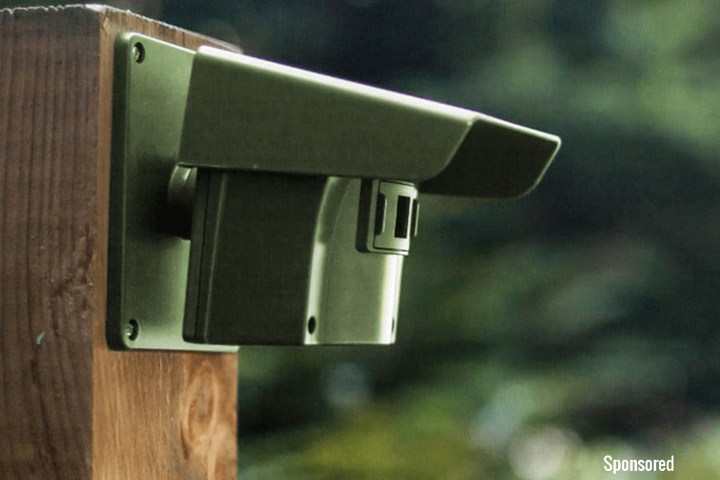
If you’re concerned about the security of your home, garage, and property, a great option is a Guardline wireless driveway alarm. This easy to set up and use system doesn’t require any monthly contract or a Wi-Fi or telephone connection. Plus, it is versatile enough to be used on any area of your property where you might be concerned about intruders.
A Guardline wireless driveway alarm kit comes with everything you need to secure your property and is significantly cheaper than an outdoor security camera system capable of covering the same area. It uses passive infrared technology to detect motion as well as heat to protect against false alarms. It also has an adjustable sensitivity level. Plus, this system is expandable; you can have up to 16 sensors (four in each of four zones) as well as additional receivers to place in different areas of your home so you don’t miss an alert.
Guardline 1/4 Mile Wireless Driveway Alarm Kit with Two Sensors — $200

Our favorite Guardline driveway alarm kit is the Guardline 1/4 Mile Wireless Driveway Alarm Kit With Two Sensors. Each of its two sensors are capable of covering a quarter-mile area, and it has everything you need for mounting the sensors to a wall, fence, or tree — including a screwdriver — as well as weather shields for protecting the infrared eyes from the elements. You can adjust the angle and width of the eyes’ fields of vision, then if a person, vehicle, or large animal moves within 40 feet of one of those fields, the sensor sends a signal to the receiver, which can be placed up to 500 feet away and alerts you via sound and light. The receiver comes with a selection of alarm sounds and an adjustable volume. The sensor runs on four AA batteries (not included), which will power it for a year, while the receiver has an AC adapter but can also run on four AA batteries that can also be installed for backup in case of a power outage. The sensor housing is made from industrial grade PVC and can operate in temperatures ranging between -4 degrees and 140 degrees Fahrenheit.
If after buying the kit with two sensors you want to expand your system, extra sensors are available from Amazon for $79.



